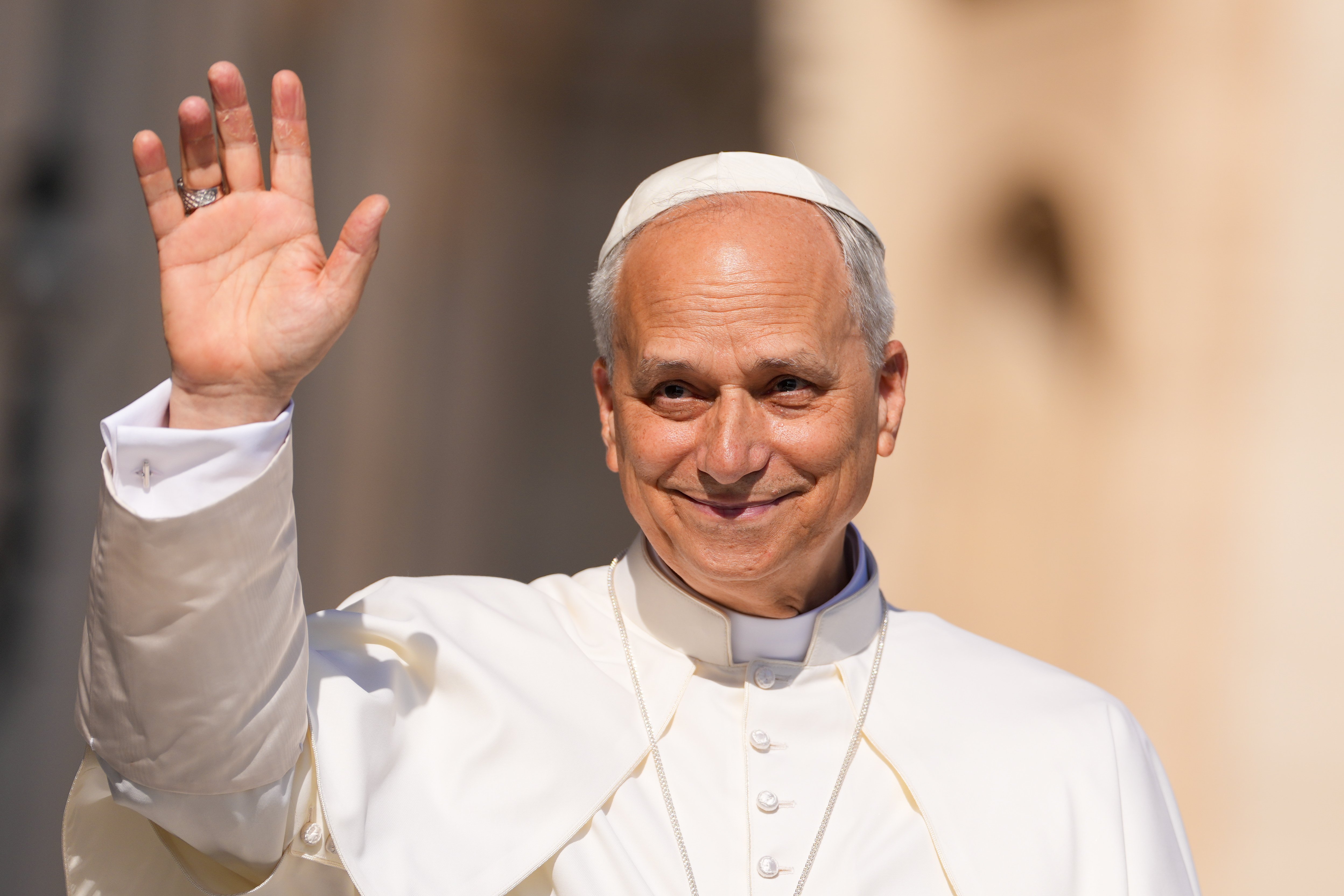April 6, 2018 at 1:53 p.m.
REFLECTION
The trail up Mt. Kilimanjaro
When he told me his name was Deo Gratias, I smiled and replied, "Hello, Thanks Be to God."
Deo handed me a cup of tea. I gave him my MP3 player to hear the Kyrie from the "Missa Luba" - the Mass sung Congo-style. Deo sang it back.
Suddenly, it was okay that I had not stood on the top of Mt. Kilimanjaro. Deo and I were making a deep connection on a different kind of summit.
My husband and I had been climbing Mt. Kilimanjaro to raise money for the Laureus Sport for Good Foundation. Our presence on this climb seemed preordained: I had learned that Martina Navratilova, a heroine of ours, was going to climb Kilimanjaro for Laureus - and we are world-wide trekkers. A spot on this climb was an amazing fit with our tennis and hiking lives!
We trained for the climb from a mind, body and spirit perspective. The body part was straightforward: to get our 60-something physiques into the best shape we could. Hiking and biking were our mainstays.
The mind piece got off on the wrong track. During our early hikes, I focused on everything but being in the woods. I switched to mindfulness and started to enjoy the woods. I imagined Kilimanjaro as a grind. Someone suggested that the 19,350-foot mountain could be a dot instead. I fell in love with that notion! If only I knew how much this attitude would serve me on "Kili."
The spiritual perspective evolved. Bishop Howard J. Hubbard gave us a blessing before we left, praying for our health. That turned out to be prescient.
Eckhart Tolle, in his book "The New Earth," talks about acceptance by saying, "I don't mind what happens." This became my mantra whenever I worried about the million things that could go wrong. As it turned out, a million things did go wrong and I was going to learn lots about acceptance.
In Africa, the rain began about one hour after we started the climb and continued almost non-stop for the next seven days, with snow at the higher elevations. My sleeping bag and mat got wet.
The benefits of being in great shape were tangible. Dave and I "hiked strong." The guides called us "Babu and Bibi," Swahili for grandfather and grandmother.
On the very first night, at 9,000 feet, an eye problem made me consider leaving the expedition. My symptoms were worrying and I needed help. I meditated on Bishop Hubbard's blessing; a teammate offered a healing prayer. I knew my eyes would be okay.
Upon arriving home, I was diagnosed with a retinal tear which required immediate surgery. A doctor told me I was "very lucky." This was more than luck; for seven days I had lived Jesus' words: "Whatever you ask in prayer, believe that you have received it, and it will be yours."
Martina developed high-altitude pulmonary edema. Six porters saved her life when they carried her down. Four porters and another climber also got altitude sick.
Dave and I made summit camp at 15,300 feet. The leaders considered canceling the summit bid. I thought that most of the team would stop here. They didn't - but Dave and I did.
Mt. Kilimanjaro was teaching me another way I had succeeded, even without standing at the summit. Deo Gratias.
(Linda Anne Burtis is a parishioner of St. Francis of Assisi parish in Albany. Learn more at www.burtisandkilimanjaro.blogspot.com.)
(02/03/11) [[In-content Ad]]
MORE NEWS STORIES
SOCIAL MEDIA
OSV NEWS
- Slain Minnesota lawmaker, husband remembered for lives lived ‘with purpose, meaning’
- ANALYSIS: ‘Big Beautiful Bill’ trillion-dollar increases to US debt to hit poor hardest
- Archbishops must promote unity, seek new ways to share Gospel, pope says
- Experts: Catholic media witness to truth, Gospel and are at ‘kairos moment’ in church
- Shrine celebrates 350 years since Jesus showed his heart to French nun as symbol of love
- Noem ends TPS protection for half a million Haitians, placing them at risk of deportation
- Washington Roundup: Supreme Court concludes term, Senate weighs ‘Big Beautiful Bill’
- Carol Zimmermann, NCR news editor, wins St. Francis de Sales Award
- Archbishop arrested, second cleric sought, amid Armenian government crackdown on opposition
- Israel-Iran war, Supreme Court decisions, pope message to priests | Week in Review







Comments:
You must login to comment.